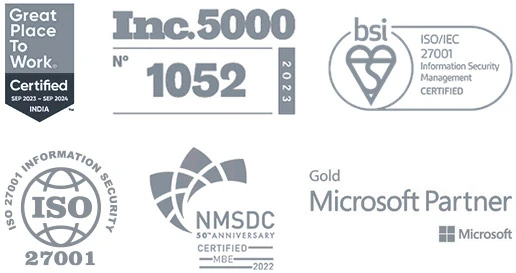Learn About the Basics of Software Quality Management
Software quality management (SQM) is a critical component of any successful software development project. It’s the process of ensuring that all aspects of the software are up to standards and performing perfectly for users. SQM encompasses every stage in the software development cycle, from initial requirements analysis to testing and delivery, and beyond.
When implemented properly, SQM can help ensure that your team delivers high-quality results on time and within budget. But it requires thoughtful planning and careful execution throughout the process. Here’s what you need to know about SQM and how it works.
The first step in successful Software Quality Mamagement is identifying requirements for the project. This includes understanding user needs, creating a detailed design plan, and setting measurable goals for success. All this information is then used to determine the scope of the project, as well as identify any potential risks or challenges that may arise.
Once requirements are established, your development team can begin creating the software. Quality assurance (QA) tests should be conducted throughout the process to ensure that all code meets standards and performs correctly. Testing should also take into account real-world usage scenarios in order to make sure the software is intuitive and user-friendly.
Finally, once a version of the software is ready for release, quality control (QC) measures must be taken before it’s made available to users. This includes testing on different platforms, verifying that bugs have been fixed, and making sure that all features work as expected.
SQM is an important part of any software development project, and it takes careful planning to ensure success. By following these steps, you’ll be able to provide your customers with the high-quality results they expect from you.
The Concept of Software Quality Assurance
Software Quality Assurance (SQA) is a process used to ensure that software products meet their intended quality standards. It includes activities such as planning, designing, testing, and implementing measures to ensure the product meets its requirements. SQA can help organizations improve the quality of their products by focusing on identifying issues before they become major problems.
Software Quality Assurance helps organizations identify potential risks and assess how well processes are working so that corrective actions can be taken when necessary. It also helps them understand customer needs and expectations better, so that they are able to create more effective and efficient products with fewer defects. By following an effective SQA process, organizations can save time and money while providing high-quality software solutions for their customers.
SQA includes a variety of methods and techniques to measure product quality. These include reviews, inspections, testing, and software metrics. Reviews involve examining the source code for errors or defects, while inspections are formal assessments of the design and implementation of the software product. Testing is used to verify that the software meets its requirements and specifications. Software metrics are measurements used to evaluate development efforts such as defect density, maintainability, performance, reliability, etc.
Overall, SQA helps organizations deliver high-quality products within budget and on time by ensuring that their processes are working effectively and efficiently. By following good SQA processes, organizations can ensure customer satisfaction and reduce costs associated with late or defective products. Additionally, SQA can help organizations build a strong reputation and trust with their customers by providing reliable, high-quality software solutions.
What’s the Difference between Quality Assurance (QA) and Quality Control (QC)
QA and QC are both processes used to ensure that the final product meets quality standards. Testing is a specific type of QA or QC, depending on how it is used. Quality Assurance (QA) focuses on preventing problems from occurring, while Quality Control (QC) focuses on identifying and solving existing problems.
Testing can be used in either process. In QA, testing is typically done before a product is released to identify any issues that may need to be fixed prior to launch. This helps protect the reputation of the company by ensuring the product works as expected before it reaches customers. In QC, testing is often done after the release of a product to identify any issues that have arisen post-launch. These findings can then be used to improve the product and provide better service for customers.
Testing is a vital part of both Quality Assurance and Quality Control processes, as it helps to ensure that products are safe, effective, and fit for purpose. By regularly testing a product during development or post-launch, companies can identify any problems early on and reduce the risk of customer dissatisfaction. In addition, testing helps build trust with customers by providing assurance that the product meets their needs and expectations.
Good QA/QC processes also help to boost efficiency by identifying potential inefficiencies in a process before they become an issue. This saves time and money in the long run as issues can be quickly identified and addressed without having to go back over existing work. In other words, good QA/QC processes help to ensure that products are produced and services provided in the most efficient and cost-effective way possible.
Overall, Quality Assurance (QA), Quality Control (QC) and Testing are all integral parts of ensuring a product meets quality standards. While QA focuses on preventing problems from occurring before release, QC focuses on resolving issues post-release.
Testing is used in both processes to identify any risks or issues early on, allowing for quick resolution and improved customer experience. By investing time and resources into implementing a robust QA/QC process, companies can reduce the risk of customer dissatisfaction while also boosting efficiency and saving money in the long run.
Conclusion
In order to have a successful software company, it is important to have a good quality management system in place. This includes making sure that your products are meeting customer requirements and expectations, as well as having processes in place to ensure that quality is maintained throughout the development process. While there are many factors involved in creating a successful software company, having a strong quality management system is essential.
How can we help you?
We have hundreds of highly-qualified, experienced experts working in 70+ technologies.









